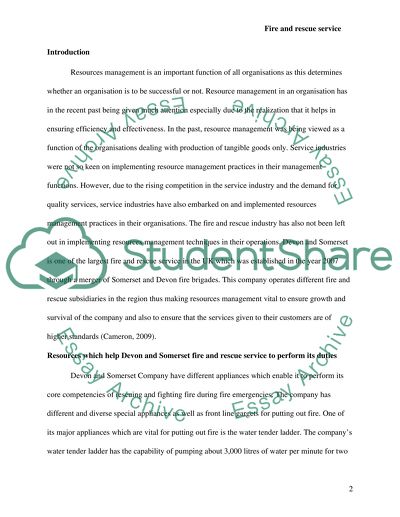Cite this document
(“Resources management in Devon and Somerset fire and Rescue Service Case Study”, n.d.)
Retrieved from https://studentshare.org/human-resources/1507712-resources-management-in-devon-and-somerset-fire-and-rescue-service
Retrieved from https://studentshare.org/human-resources/1507712-resources-management-in-devon-and-somerset-fire-and-rescue-service
(Resources Management in Devon and Somerset Fire and Rescue Service Case Study)
https://studentshare.org/human-resources/1507712-resources-management-in-devon-and-somerset-fire-and-rescue-service.
https://studentshare.org/human-resources/1507712-resources-management-in-devon-and-somerset-fire-and-rescue-service.
“Resources Management in Devon and Somerset Fire and Rescue Service Case Study”, n.d. https://studentshare.org/human-resources/1507712-resources-management-in-devon-and-somerset-fire-and-rescue-service.


